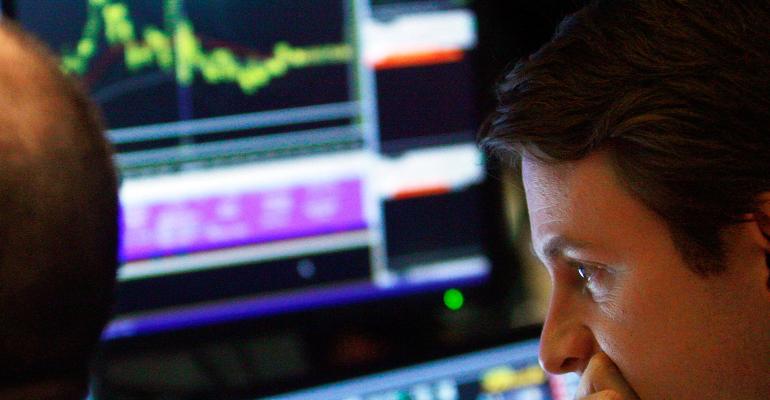(Bloomberg Opinion) -- Whether you are examining the evolution of the US economy or the impact of monetary policy, one of the noteworthy developments this year is not what has happened but rather what has not. We were reminded of this over the last two weeks by macroeconomic data and by quarterly bank earnings. It is a phenomenon that, crucially for markets, has meant that interest-rate risk has not translated into any material credit risk — a relief that traders and investors are happy to run with despite residual uncertainty.
Consider some examples that reflect this general theme of what has not occurred:
- Despite 10 consecutive interest-rate increases, which constitute the most concentrated Federal Reserve rate cycle in decades, the labor market has not experienced any significant weakening. Monthly job creation, unemployment rates and wage growth have remained impressively robust.
- Contrary to repeated forecasts from many economists and Wall Street analysts, the US economy has not fallen into a recession.
- While the March bank disruptions produced the two largest failures in US history, the impact has not spread throughout the financial system, whether to other regional banks or highly leveraged non-bank financial institutions (NBFIs).
- Traders and investors have not been significantly caught off guard by the wild volatility in the government bond market.
Additionally, last week’s inflation readings, both at the producer and consumer levels, were better than expected, further supporting the notion of a soft landing for the economy. This completes the remarkable round trip that started late last year when the soft-landing narrative gave way to expectations of a hard landing, no landing, crash landing, hard landing again, and now back to a soft landing.
The concept of a soft landing is underpinned by four hypotheses: Inflation will continue to decline in a consistent linear fashion; the Fed will cease raising rates after this month and then cut them, ensuring the economy avoids an overtightening that could trigger a recession; the economy possesses enough resilience to absorb the delayed effects of the rate hikes; and both banks and NBFIs have strong-enough balance sheets and retain affordable refinancing channels.
This scenario is highly accommodating for markets, supporting both risky and risk-free assets. Consequently, both stocks and government bonds have already experienced encouraging price increases. If the soft-landing narrative becomes more entrenched in the market psyche, rallies would broaden and deepen. The expansion of margins that has bolstered stocks so far will be accompanied by the lifting of concerns regarding earnings growth. Government bonds will benefit from a more dovish forward policy guidance from the Fed as market participants anticipate rate cuts after this month’s likely increase.
However, the translation of this outlook into reality depends on several factors:
Inflation: During what is likely to be a three-month period of relatively favorable data, it is essential to monitor that services inflation stops before a likely reversal in the disinflation trend of the goods sector.
The Fed: Policymakers need to feel confident that they will not be tricked by another economic head fake such as the one in mid-2021 and, in the case of some, early this year as well.
The Economy: Households and corporations need to demonstrate underlying resilience to allow for the absorption of the lagged effects of rate hikes.
Financial Stability: Regional banks need to maintain sufficient cost-effective funding, and leveraged NBFIs need to refinance or absorb in an orderly fashion losses on commitments made during times of low interest rates and abundant liquidity or both.
For now, markets have largely brushed aside these four considerations because of strong technical influences. However, it is important to remember that technicals can drive the market only so far. Fundamental factors are likely to regain prominence in the coming months, although the precise configuration of these factors remains intriguingly uncertain.
More From Bloomberg Opinion:
- So Long ‘ Vibecession,’ Hello Virtuous Cycle: Jonathan Levin
- Yes, a Recession Is Still a Possibility: Allison Schrager
- Remember Scary Inflation and Exciting Bitcoin?: Authers & Lee
Want more Bloomberg Opinion? OPIN <GO>. Or you can subscribe to our daily newsletter.
To contact the author of this story:
Mohamed A. El-Erian at [email protected]





